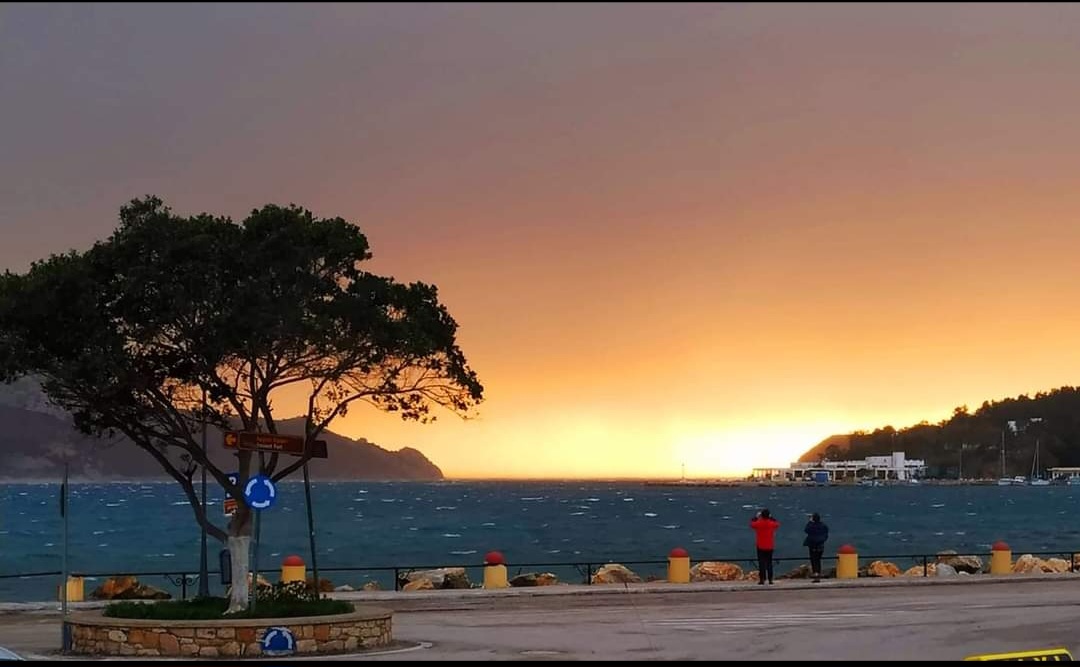A Story of Bravery, Loss, and Remembrance
Short Bio of Lieutenant Allan Phipps (01/10/1915 – 16/11/1943)
Lieutenant Allan Phipps of the Royal Navy was born on October 1st, 1915, in the United Kingdom. He was the son of Rt. Hon. Sir Eric Clare Edmund Phipps and Frances Phipps. His father served as the British Ambassador in both Paris and Berlin, setting a distinguished example for young Allan, who would later serve his country during World War II.

In 1940, Allan met his future wife, Veronica Nell Fraser, when she returned to London after her studies. They enjoyed a whirlwind romance, spending every night together for a week. By the end of that week, Allan proposed to her on a bench in Regent’s Park. The couple married a fortnight later and soon had a daughter, Suki Paravicini, followed by a son, Jeremy Julian Joseph Phipps. Unfortunately, due to Allan’s naval duties, he was frequently away at sea.
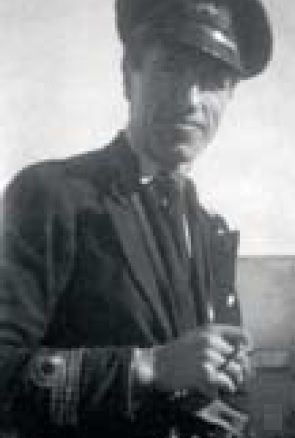
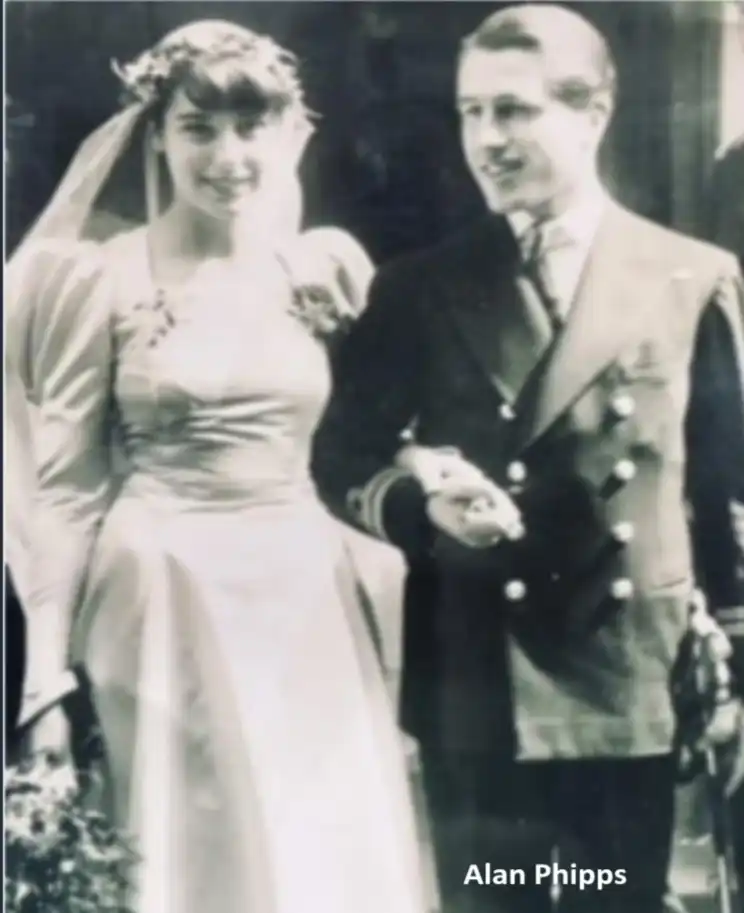
As the signal and telecommunications officer aboard H.M.S. Faulknor (H62), the flotilla leader built for the F-class destroyers of the British Royal Navy, Allan played a vital role during wartime operations.
More about the action of H.M.S. Faulknor in the Dodecanese here.
On the nights of November 12/13 and 13/14, 1943, Faulknor, alongside the destroyer escort Beaufort and the Greek ship Pindos, was patrolling the waters around Leros, searching for German transport ships. It was during this time that Lieutenant Phipps volunteered to go ashore to assist with naval and army communications in the evacuation of British troops, as the island was under attack by German forces. He stationed himself on Meraviglia Hill, where Italian battery PL 127 and the British headquarters were located.
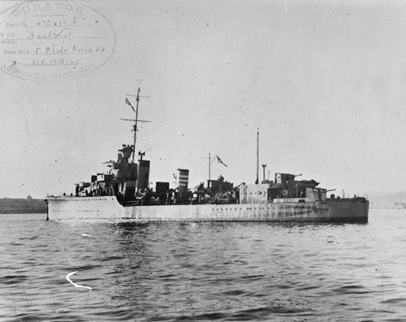
On the final day of the battle, November 16th, 1943, at around 08:30, a joint Italian-British defense was launched from Meraviglia Hill as German forces attacked No. 4 gun. Italian Artillery Captain Werther Cacciatori, commander of battery PL 127, requested assistance and was joined by Allan Phipps and Captain Ramsay.
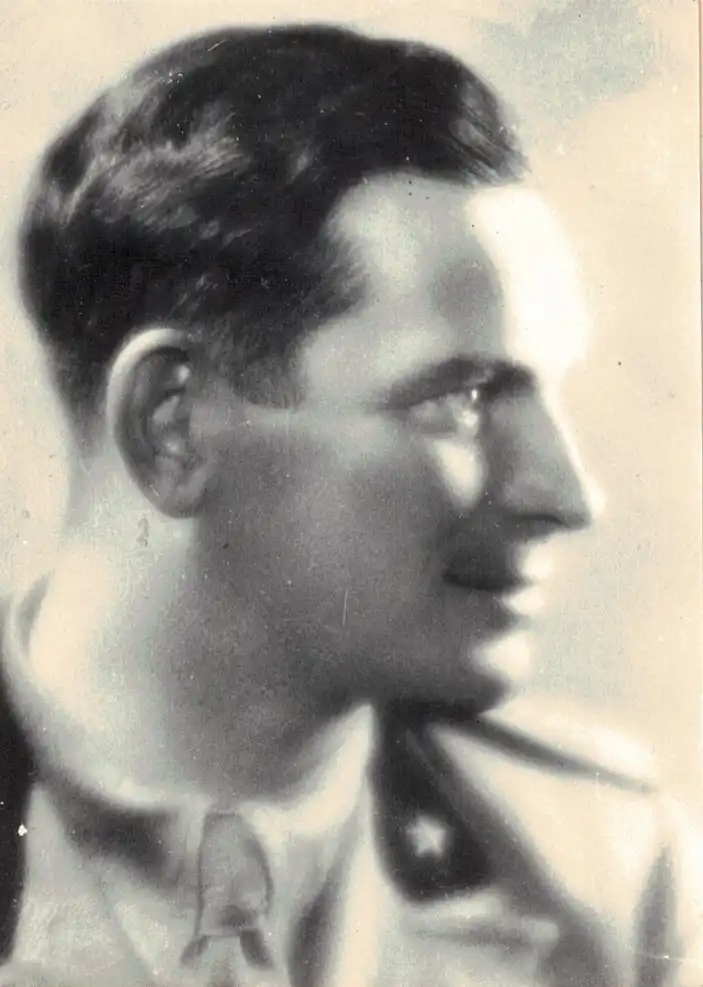
After intense fighting, Lieutenant Phipps was tragically killed, and Captain Cacciatori was seriously wounded. Phipps is believed to have been shot between 10:00 and 17:00, suffering fatal wounds to his neck and chest. He fell near the parapet, his sacrifice emblematic of the unpredictable and often cruel nature of war.
Captain Cacciatori later recalled the harrowing incident: mortar fire and air attacks had decimated his forces, leaving only a handful of British and Italian soldiers to continue the defense. Even after exhausting their ammunition, they fought on with automatic weapons and hand-to-hand combat, ultimately retaking their position. Cacciatori himself was severely wounded but continued to lead and fight, driven by the memory of his fallen comrades, including Phipps.
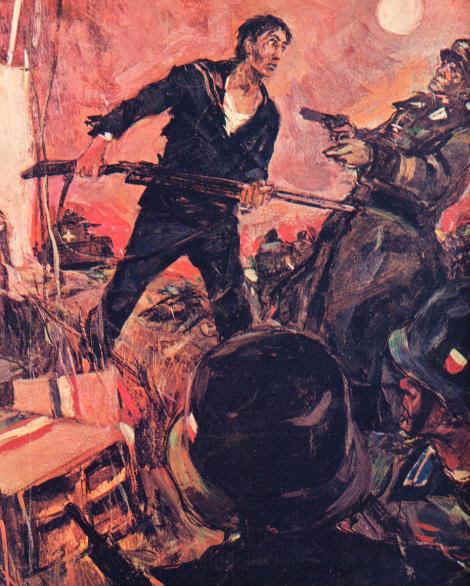
The battle left a deep impression on the surviving soldiers. Pietro Cavezzale, an Italian sailor who fought valiantly alongside Cacciatori, was found later by an Italian burial party under the body of a German soldier, his bayonet lodged in the enemy’s chest—a testament to the fierce close-quarters combat that defined the battle.
Lieutenant Phipps was posthumously recommended for a decoration by Lieutenant Commander L.F. Ramseyer for his bravery during the battle. He was considered for the Victoria Cross but ultimately received a Posthumous Mention in Dispatches due to the lack of eyewitness accounts.
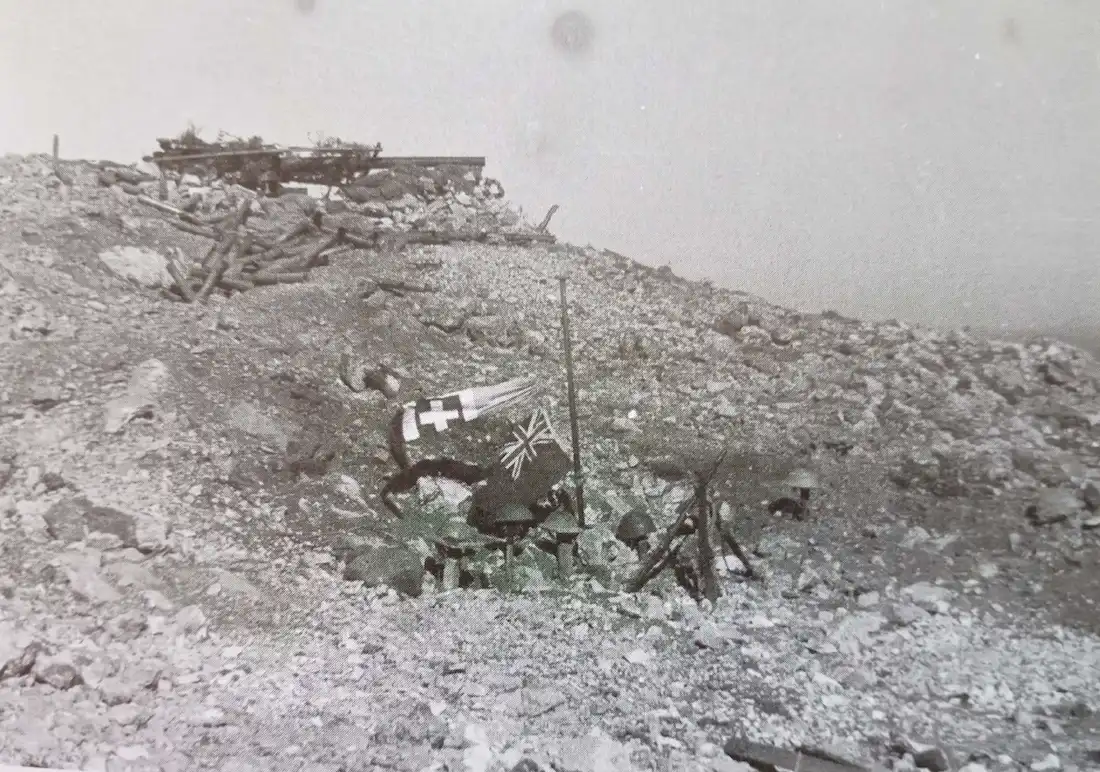
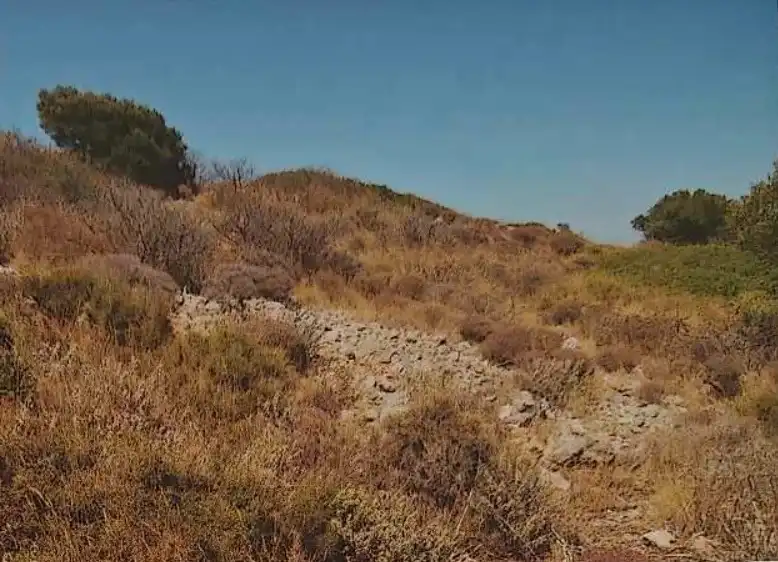
Six months after the battle, the Admiralty was informed of the circumstances surrounding Lieutenant Phipps’ death. A detailed report followed in August 1945, confirming his death in action on November 16th, 1943. The report highlighted his outstanding bravery, noting that Phipps led the assault on a gun position, exposing himself to enemy fire and even throwing rocks when ammunition ran out, all in a desperate bid to hold the line.
Lieutenant Allan Phipps was one of the few Royal Navy officers to fight and die on Leros. He is now resting at Leros War Cemetery, commemorated at plot 3. C. 4.
In 1946, his widow Veronica Nell Fraser was introduced to Sir Fitzroy Maclean by her cousin David Stirling, founder of the British Special Forces SAS. Maclean, who inspired Ian Fleming’s James Bond character, led a similarly adventurous life. Veronica and Fitzroy shared a happy marriage filled with remarkable experiences, moving first to Lancashire and later to the Scottish Highlands.
In 1993, Veronica visited Leros to see the HQ Tunnel on Meraviglia Hill, where Allan had fought and died. She lovingly ran her hand along the inside rock ledges, hoping to find a message left by her late husband.
The Recovery of the Royal Navy Button from Phipps’ Uniform
During field research on Meraviglia Hill in October 2011, researchers Andreas Galanos and Anthony Rogers discovered a brass Royal Navy button, almost in mint condition, near a cave below gun position No. 4. Given that Allan Phipps was the only naval officer who fought on the land of Leros, it was assumed that the button belonged to him. The location of the find perfectly matched a photograph of the field graves from Roger’s collection, published in his book “Swastika Over the Aegean.” The button was later returned to the UK and delivered to Allan Phipps’ son, Major-General Jeremy Phipps.
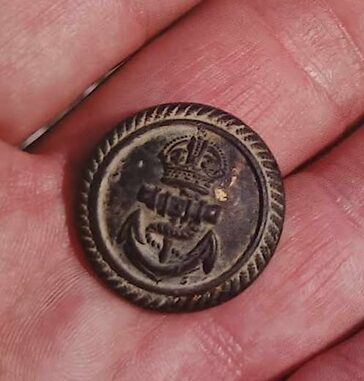
The Visit of Major-General Jeremy Phipps
Jeremy Julian Joseph Phipps, born on June 30, 1942, was the son of Allan Phipps and Veronica. After his father’s death, Veronica remarried Brigadier Fitzroy Maclean. Jeremy was educated at Ampleforth and attended the Royal Military Academy Sandhurst. He was commissioned into the Queen’s Own Hussars in 1960, later serving in B Squadron, 22 SAS, and playing a role in the Iranian Embassy Siege in 1980.
Jeremy went on to command his regiment, lead the 11th Armoured Brigade, and serve as Director SAS from 1989 to 1992. He then became Senior British Loan Service Officer in Oman before retiring to join Control Risks and later serving as Head of Security at the Jockey Club.
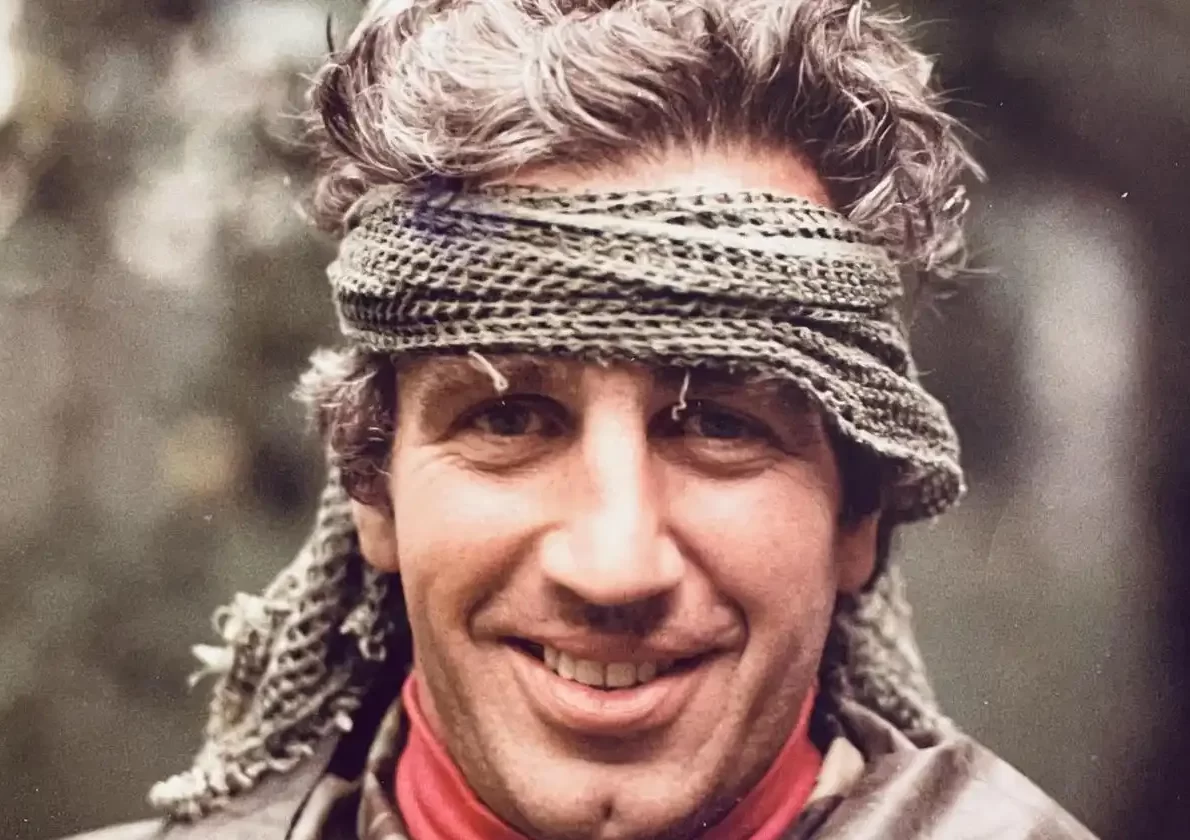
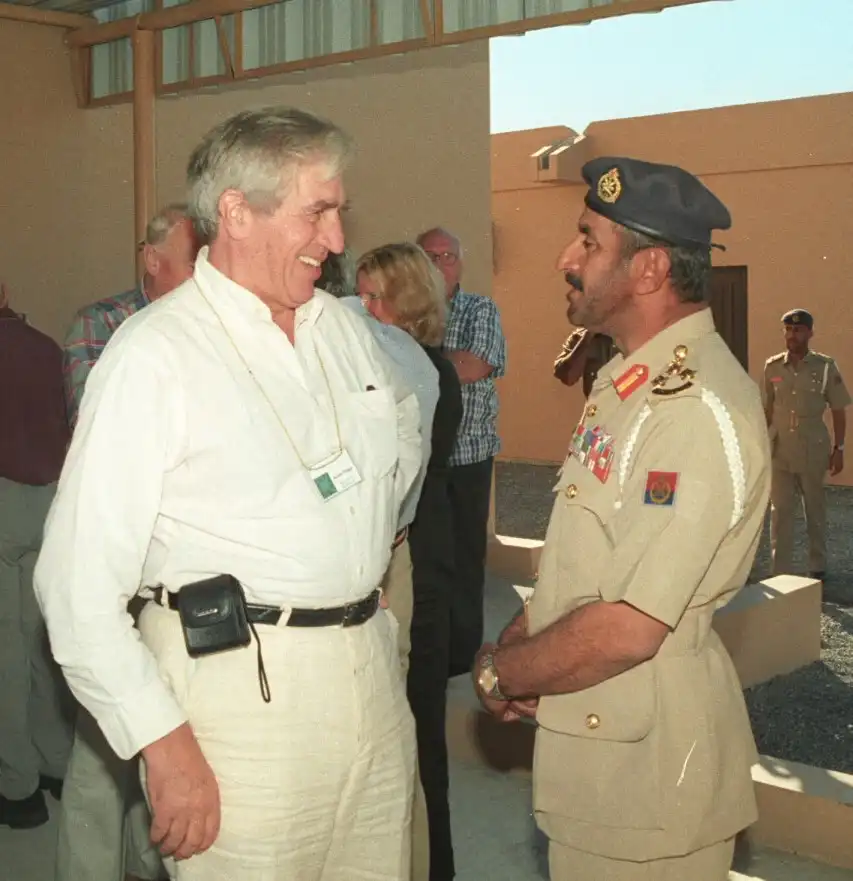
In October 2019, Major-General Jeremy Phipps visited Leros and was guided on Meraviglia Hill, the site where his father had been killed in action in November 1943.
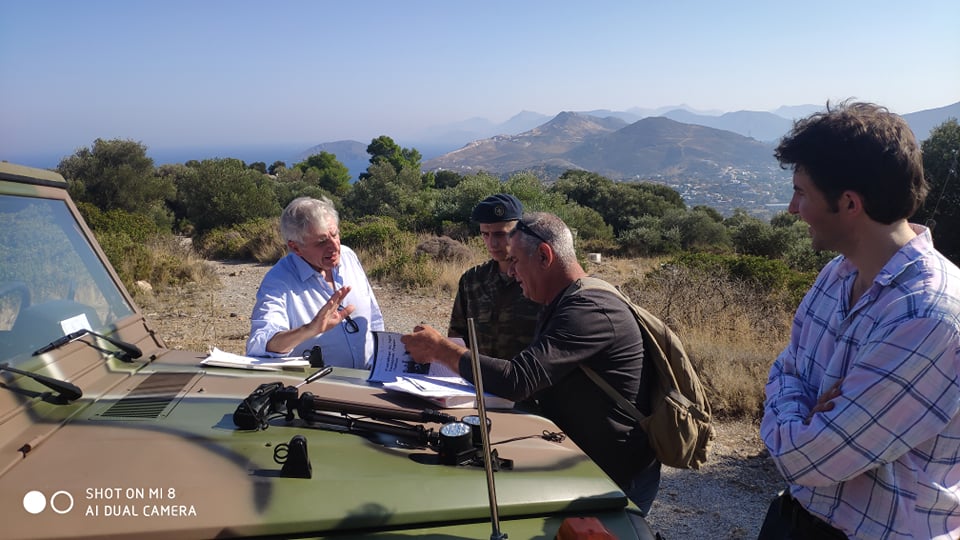
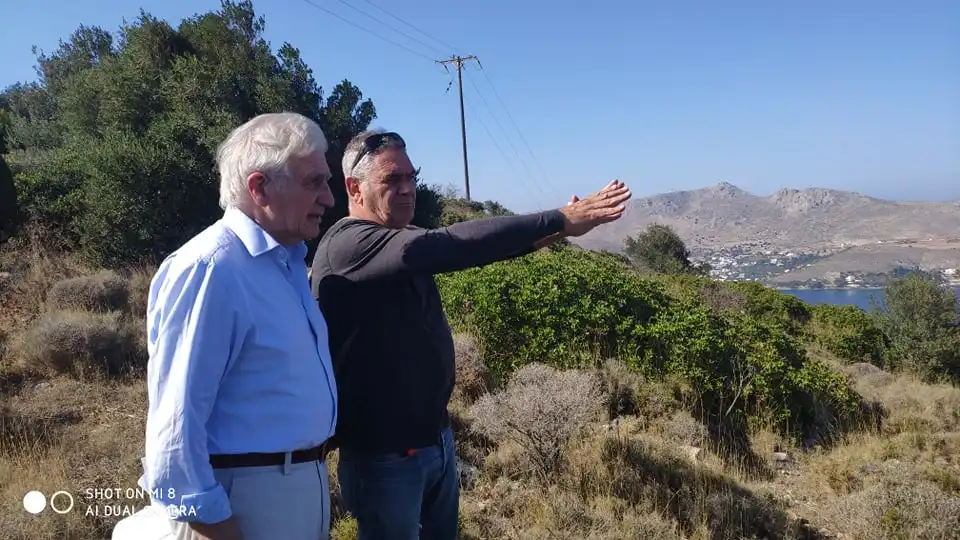
Lieutenant Allan Phipps’ story is a poignant reminder of the bravery and sacrifices made during the Second World War, a legacy carried on by his family and remembered by those who continue to honor his memory.
Further Reading:
- “Swastika Over the Aegean” (2013), by Anthony Rogers.
- “Churchill’s Folly: Leros and the Aegean, the Last Great British Defeat of the Second World War” (2003), by Anthony Rogers.
- “Kos and Leros 1943: The German Conquest of the Dodecanese” (2019), by Anthony Rogers.




